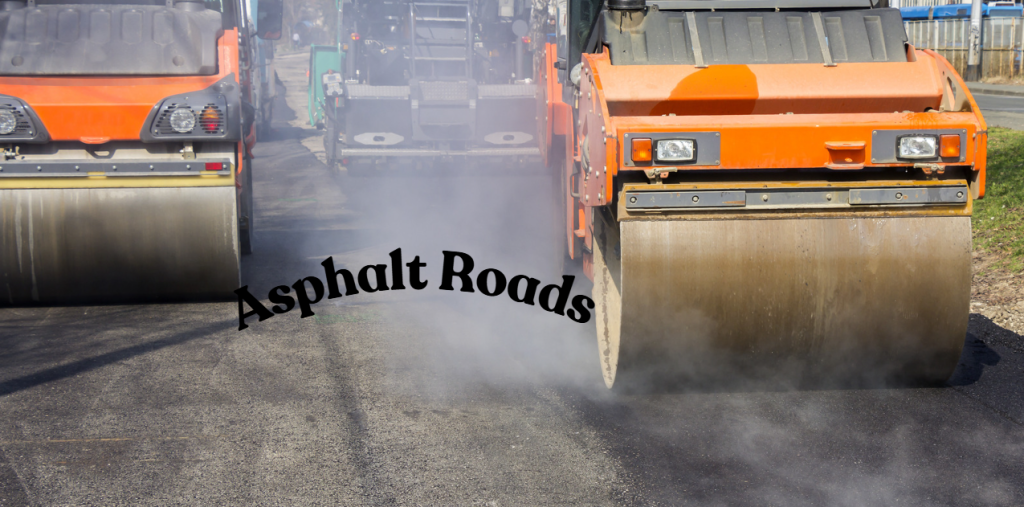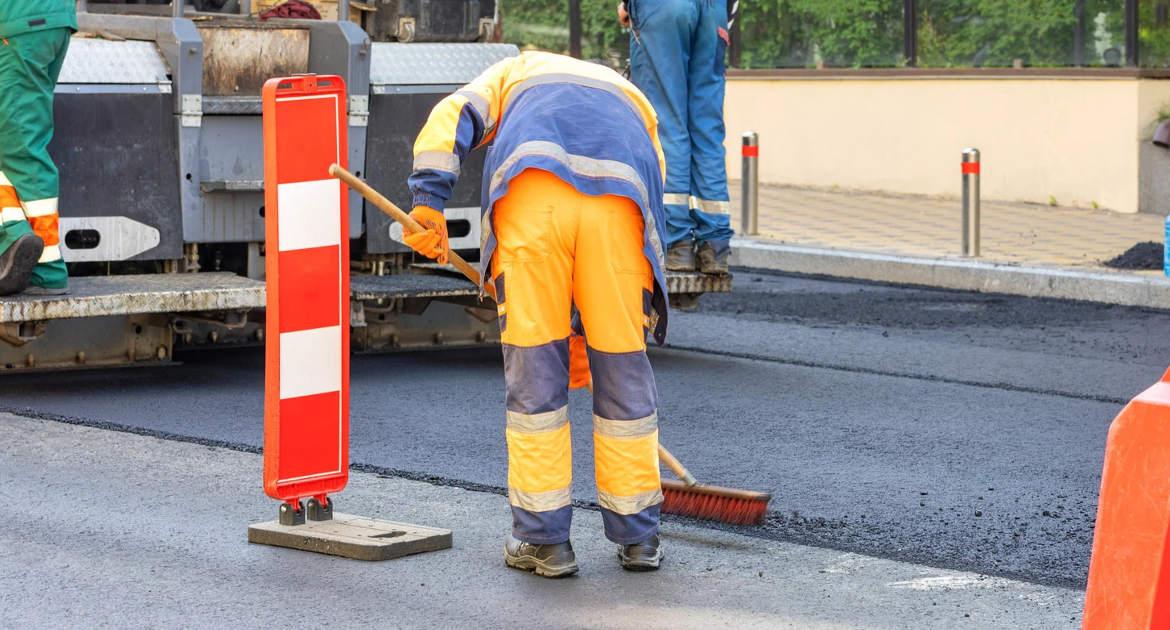In many places worldwide, asphalt roads are among the most critical components of infrastructure that sustain our daily commutes. Nevertheless, these roads must be rehabilitated and maintained periodically to realize their performance potential and safety index. Road maintenance partly entails resurfacing the damaged areas with brand new asphalt material. When correctly done, this type of process will go a long way in improving the road’s toughness and general life span. But it is essential to know that driving on the newly paved asphalt may not be good for your car.
Knowledge About the Cooling Process of Asphalt
If applied fresh, the asphalt will generally vary between 275 and 325 degrees F (135-163 degrees C). The asphalt has to cool off before people take to the road in their cars. Temperature drop is related to ambient temperature, time of day, and asphalt layer thickness. In most cases, it may take several hours to cool for the usage; anywhere from 12 to 24 hours and even more depending on the temperature.
Can I Drive on Fresh Asphalt?
Newly surfaced roads can be hazardous to drive on with a car or other vehicles. The heat from the asphalt surface can deteriorate your tires; you can even experience a tire blowout. And this can also affect the vehicle’s undercarriage, suspension system, and exhaust pipes
Legal Considerations
Usually, traffic rules and road blockages won’t allow someone to drive on the recently laid asphalt when it is hot. However, it will be the local authority’s duty to ensure that such closures are well-stated and implemented. The driver of the car must know that in the case of an accident caused by driving a vehicle on fresh asphalt, they could be legally responsible for the damages and injuries that can happen.

When to Drive on Fresh Asphalt
There are circumstances in which it becomes impossible to avoid driving on fresh asphalt paving roads. In such situations, the time stipulated should be provided to allow the asphalt to cool down. This information can often be reviewed by the local authorities or via signs that warn of roadblocks. It’s safest to always err on the side of caution and look at how the asphalt is performing before driving on it.
Measures That Should Be Taken When Driving on New Asphalt
There are some things that a driver can do if he or she is driving on new asphalt to avoid causing damage to the car and endangering the lives of other passengers on the road. Firstly, it is vital to slow down your vehicle to control your actions and respond to situations appropriately. Secondly, sudden turning or jerky movements should also be discouraged because such motions create pressure on the shocks and may lead to skidding. It will be necessary, finally, to avoid coming too close to other vehicles to prevent accidents.
Ways to Prolong the Life of Fresh Asphalt
Although you should avoid driving on newly laid asphalt at all costs, it is essential to know that preservation of the road surface is also important to all road users. For instance, you should not apply pressure on brakes since this causes tires to stick to the surface. Also, try to offload weight from your vehicle where possible, as this often deepens the ruts and potholes on the road.

Alternative Routes
If you do not have any other option to change your route, then drive over the fresh asphalt. Newly laid asphalt, when still fresh, might have areas that are more likely to cause traffic accidents. It is important to proceed with caution.
Ensuring Road Safety for All
You can also take certain precautions and follow some rules to eliminate or minimize the impact and to avoid potential accidents on roads. When in doubt, use a detour but once pavement is cured, it should last a long time and provide safety for motorists.

